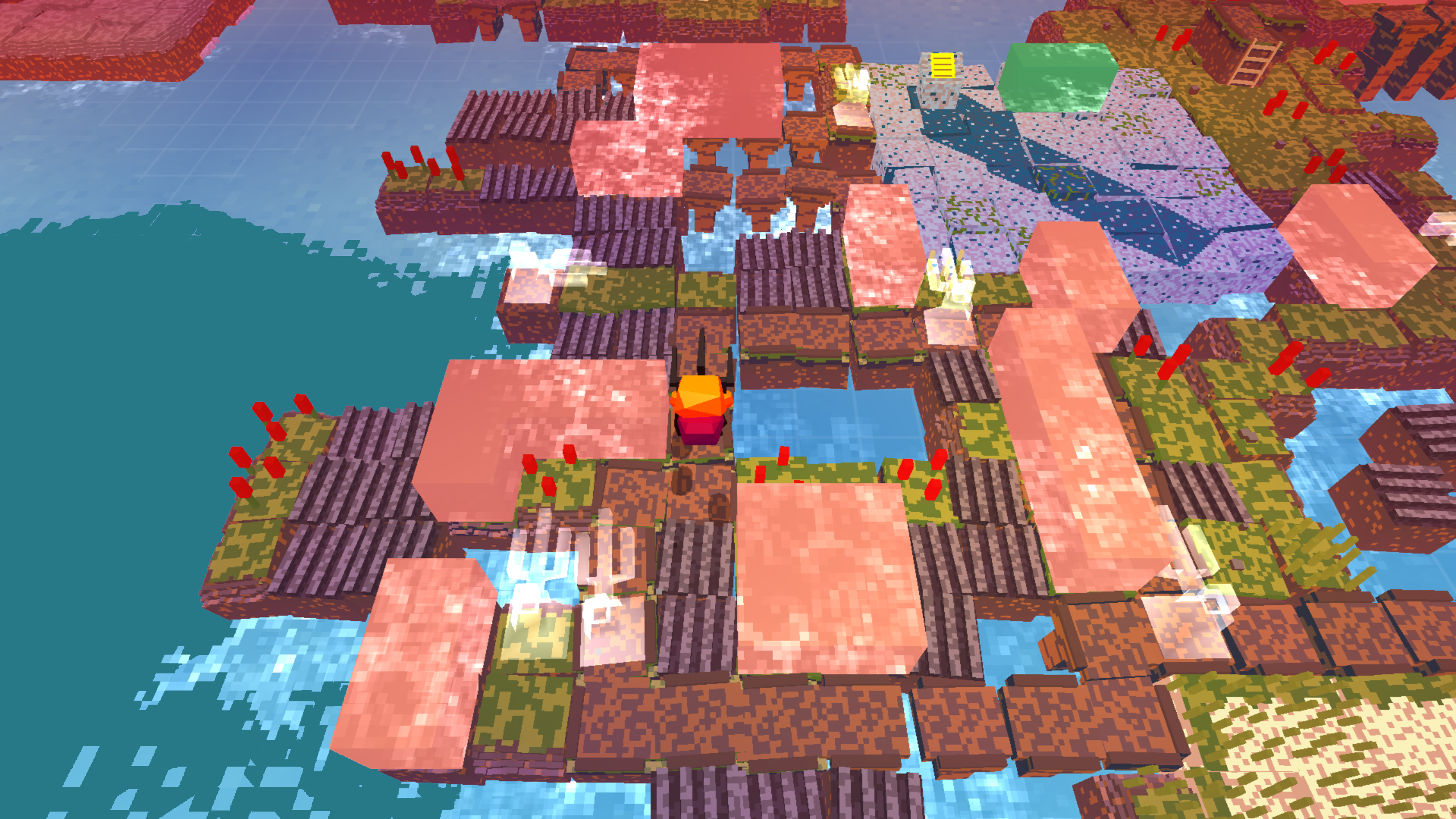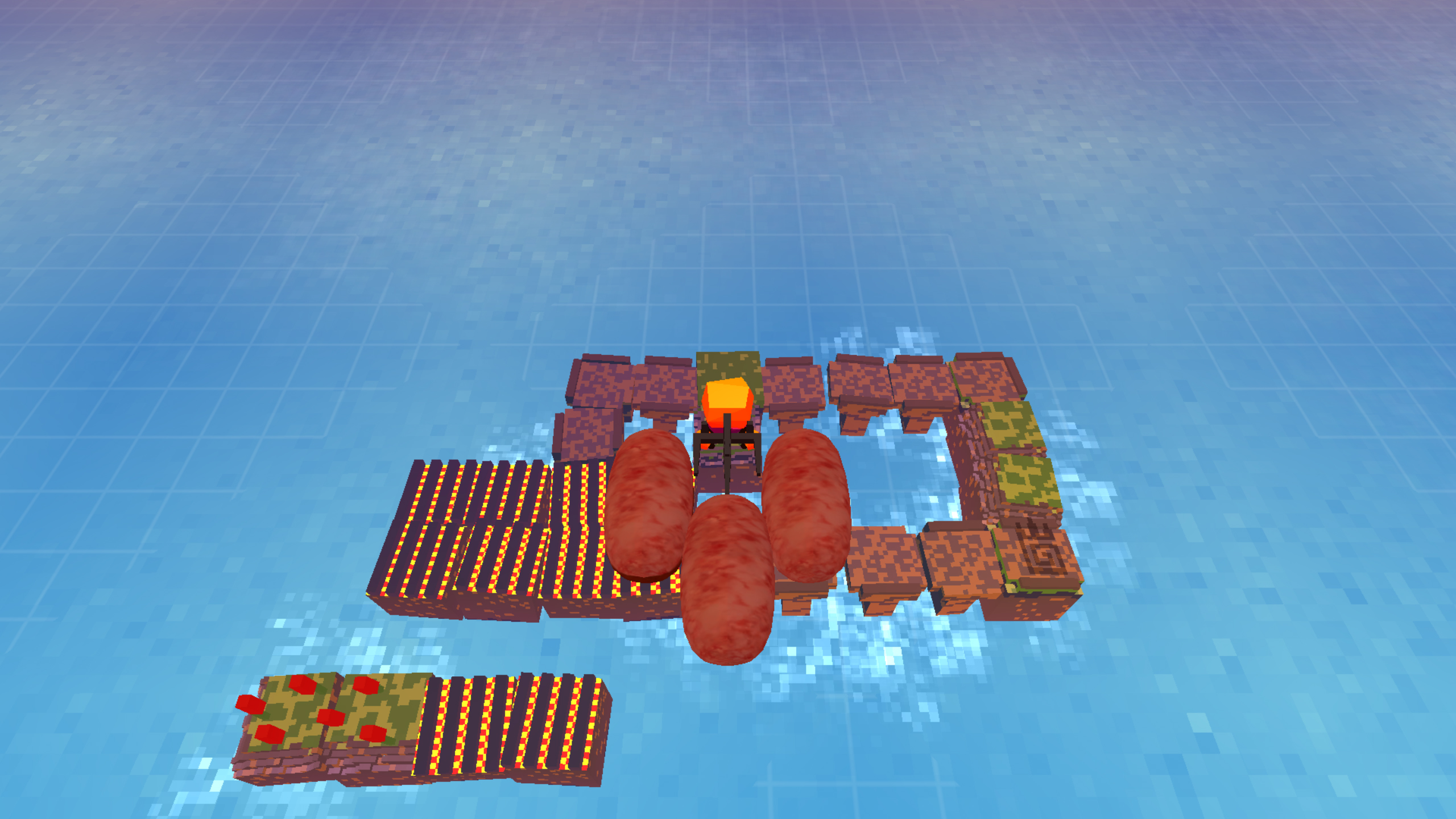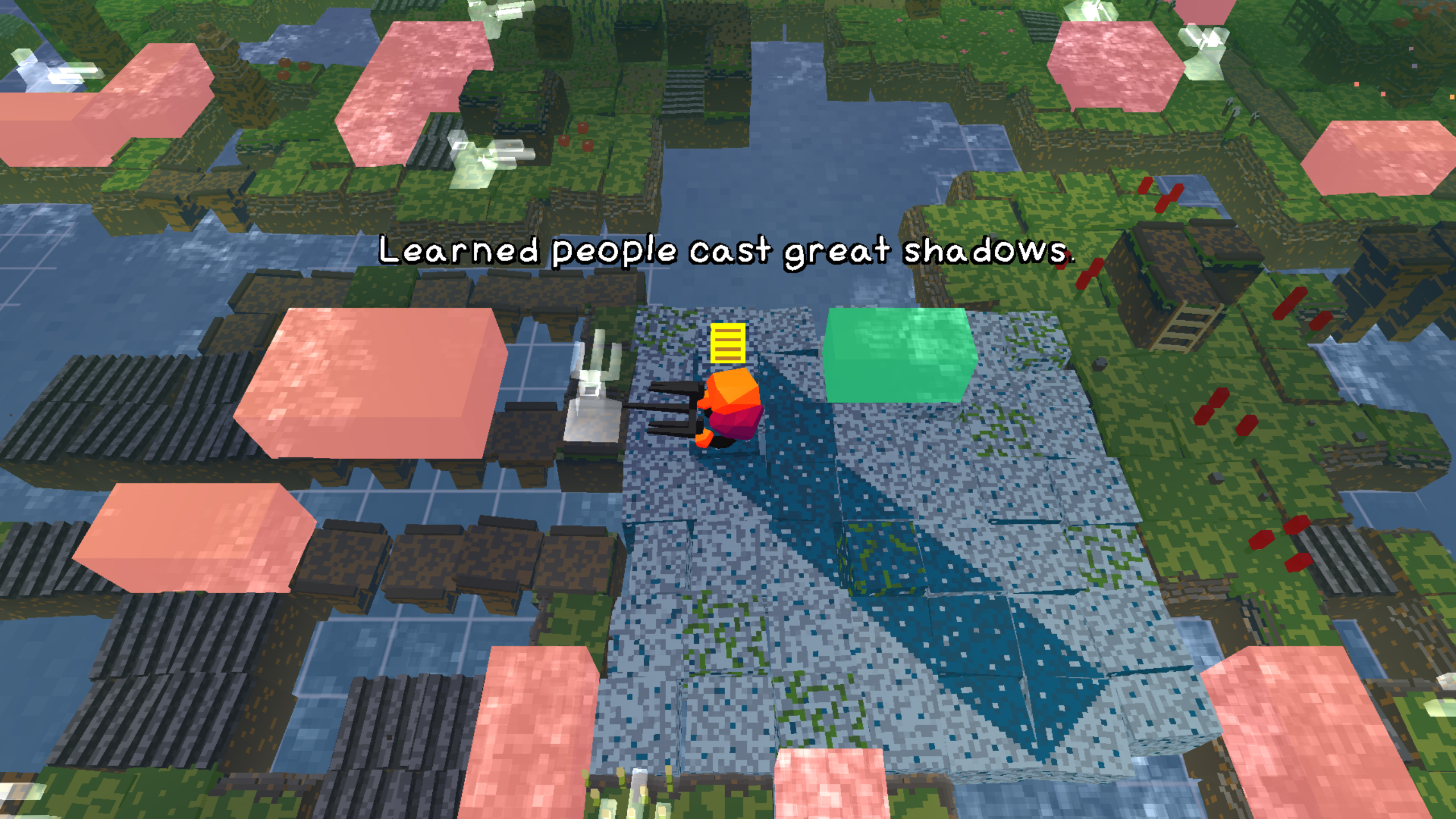Stephen's Sausage Roll is a breakfast that will break you
Turns out I don’t eat puzzles like this for breakfast.

I stare at my screen and inside, I weep. I have conquered galaxies. I have uncovered the lost secrets of this world. I have defeated impossible odds. But against some things, it just doesn’t seem to matter. Against Stephen’s Sausage Roll, I have… nothing.
Oh, yes, it looks friendly. Harmless. A simple little puzzle game, with a legacy ranging from Sokeban to The Witness. The only goal? Cook a sausage. This is not MENSA level. Professor Rubik never considered this along with his cubes, his clocks and his snake. Probably the closest he ever got was Ernő’s Sausage Roll, as written on a brown paper bag to stop some bugger stealing his lunch.
But no. Rarely has a puzzle game’s first level planted its flag so deep into the ground, or been so prepared to rub salt into the wound. And yet at the same time, pretty much never has a puzzle game managed to squeeze so much out of such a simple concept. The Witness had years of public development and talk about the language of its puzzles, the subtle meanings to be unlocked, the philosophies and grand designs typically granted to something like a BioShock or some other big-budget game. And then waddling along in its wake, Stephen’s Sausage Roll? A game ever bit as clever and fiendish as any, but content to hide it behind pixels and the silliest name since Tongue of the Fatman. It doesn’t even go for a sizzling temptation in the stomach. These are some rancid looking sausages, even before they start being shoved over grass and mud and dangled over the ocean.
These are some rancid looking sausages, even before they start being shoved over grass and mud and dangled over the ocean.
The basic idea is to roll the sausages around the map, over grills. Every sausage has to be cooked on both sides, but if a side hits a grill twice, it burns, and you are a failure in breakfast as well as life. To move it around, you have a fork. The fork pushes the sausage. If you turn around and slap the sausage, the sausage moves. What? I said it was simple. Its website is written in Comic Sans. Comic Sans, people! No game whose website is written in Comic Sans should be this infuriating.
And yet not only is it, it’s the worst kind of bastard game: the kind that’s entirely fair. Its traps are predictable. If you turn the wrong way and knock a sausage into the water around a level, it’s not like that water snuck up on you. In those especially agonising early levels, there don’t even seem to be enough pieces for a puzzle. Two sausages next to grills, with no apparent extra space to walk, no obvious way to separate the sausages… this shouldn’t be a problem! Why is it hard?

It’s hard because it works in a different way to most puzzle games. Generally they start by teaching you the rules. An easy first puzzle. A simple introduction to the concept. Even The Witness starts by having you master the art of straight lines, with a series of screens showing the grammar of its world. Stephen’s Sausage Roll expects you to pick them up on your own, working in both a logical method and an unusual one. As a really basic example, how often do you move backwards in a puzzle game rather than turning around? Just to start many of the levels, you have to manoeuvre in front of the little ghostly icons that mark each puzzle onto the map and then back into it.
Likewise, the presence of the fork sticking out and its effect on the sausage means that something as simple as turning right immediately becomes not just a change of direction, but a puzzle solving component. Being able to balance half a sausage over the edge of a map is something you have to learn. Being able to apply that force from different directions becomes crucial to moving them around. Then there’s the discovery that you can stick your fork into a sausage, but only if something’s behind it.
Keep up to date with the most important stories and the best deals, as picked by the PC Gamer team.
It’s a work of genius. Evil genius, obviously, but that still counts.
And that’s obviously just the first levels. Simple puzzles become invisible techniques, longer puzzles become mental challenges that have to be broken apart before being solved, and then those simple puzzles go from an impossibility to an ‘of course!’ Not that it stops the headaches.

You really need the right mindset for this one; not just to embrace the ridiculousness of the concept, but to keep bashing away until breakfast has long shot past brunch. It’s a work of genius. Evil genius, obviously, but that still counts. It’s an expensive game for what it is, which is an old-school puzzle game that doesn’t flatter you, doesn’t worry about ‘feeling’ more important than a book of puzzles, and has little interest in anything except seeing how many ways a sausage can be pushed onto a grill. It just turns out that the answer is ‘quite a lot actually’, and discovering the scale of it has a raw mental satisfaction that’s up there with, say, Super Meat Boy’s similar exploration of how far you can get with just a jump command. I don’t know why that example came to find first, but it does put me in the mood for a really big fry-up despite the sausages looking utterly, totally unappetising.

